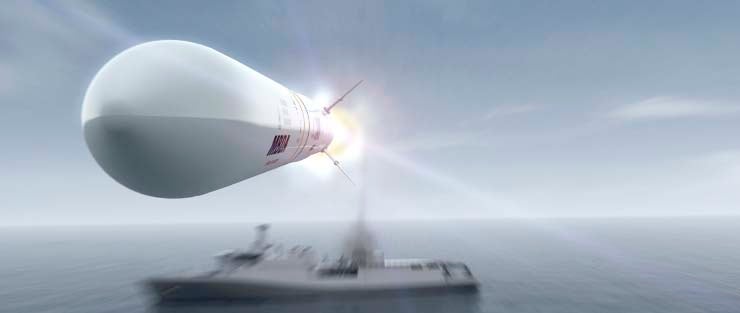
The UK Ministry of Defence (MoD) has awarded a contract to MBDA for the development of a next generation short-range supersonic missile defence system, Sea Ceptor, capable of intercepting and destroying fast jets and sea-skimming missiles.
Under the $784m contract, MBDA will design and develop a cost-effective weapon to replace the Royal Navy’s aging Seawolf missile, which is scheduled to retire from service in 2016.
Sea Ceptor has been designed to simultaneously deal with multiple targets, flying at speeds of up to Mach 3 and is based on the common anti-air modular missile (CAMM).
The CAMM is a surface-to-air missile and air-to-air missile designed to meet the UK MoD future local anti-air defence system (FLAADS) requirements and is one of the six missile programmes placed into an assessment phase in 2008 by the Team Complex Weapons initiative, an MoD/industry partnership.
The Ceptor missile is also capable of protecting vessels in an area of 500 square miles, over land and sea, and will be used by the British Army and Royal Air Force in future to protect their bases.
The supersonic missile defence system will be initially employed on the existing fleet of Type 23 frigates and is also compatible with the future Type 26/global combat ship.
First Sea Lord Admiral Sir Mark Stanhope said that the new weapon system will be installed on frigates to combat the sophisticated missile threats anticipated in the future.
Stanhope added: ‘Investment in advanced defence technology, such as Sea Ceptor, is vital to ensure the Royal Navy’s continued ability to defend the UK’s interests wherever necessary.’
Work under the five-year initial development contract will be carried out at the MBDA’s facilities in Stevenage, Filton and Lostock, UK.
Image: the Sea Ceptor missile will be able to engage multiple targets over a wide range. Photo: Royal Navy.








